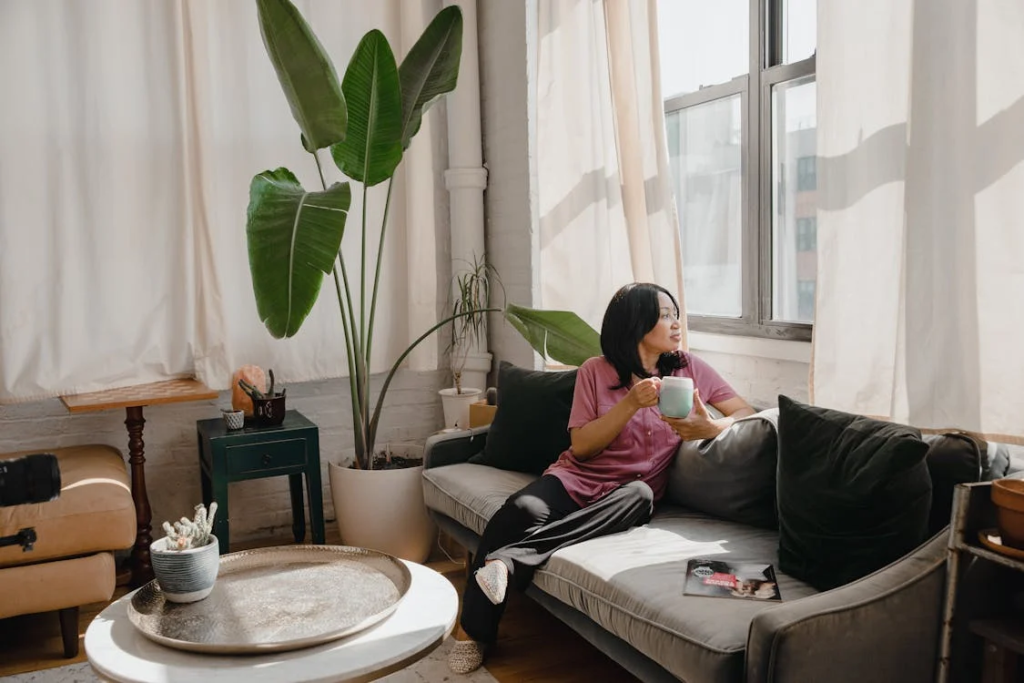Interior décor nowadays often features large architectural plants. These statement plants bring nature indoors and establish arresting focal points that might transform any space’s atmosphere.
Towering presence and sculptural forms help large plants anchor a space, provide depth and texture, and establish harmony between the interior and the natural world.
This article will use these plants as home focal points to enhance ambiance and attractiveness.
Choose the Right Plant for Your Space
When selecting a big architectural plant, consider the light, size, and style of your room.
With its tremendous presence and lustrous leaves, the fiddle leaf fig tree is perfect for arresting displays.
Unique looks abound from other plants such as snake plant, bird of Paradise, and Monstera deliciosa.
Every plant is different, so it’s crucial to choose one that fits the décor of your house and grows in the surroundings.
Vertical-growing plants like the Dracaena marginata or rubber plant can provide height without using much room in smaller situations.
A statement tree like the fiddle leaf fig or a wide-spreading plant like the kentia palm can divide bigger areas or cover vacant corners.
The foliage texture and color of the plant should complement your color palette and materials if you wish to improve rather than dominate the surroundings.
Where to Put Your Plant for Maximum Impact
Proper arrangement of your plant will help optimize its impact on focus points.
Large plants placed deliberately can draw attention and anchor an area.
Place your plant next to an entryway, window, or hallway to get noticed. Against the inside, natural light will emphasize the form and color of the plant and help its growth.
Large plants can distinguish several areas and aesthetically ground open concept living rooms.
To keep the area open, a tall plant between the dining and living areas can create a subdued barrier.
A giant plant in a corner might draw attention upward and enlarge a small room. Instead, position a statement plant on a coffee table or console for numerous perspectives.
Plants with Containers and Accessories
The pots of architectural plants define their impact. Select pots that accentuate the plant’s weight and fit your décor.
While more artistic pots could offer texture and interest, large, simple, neutral planters can accentuate the shape and let the plant shine.
Along with the pot, accentuate the plant with accessories. A plant stand elevates the plant to a viewable height.
Ornate baskets, driftwood, and stones can accentuate the plant’s natural attractiveness and produce a coherent design.
Keep decor understated to accentuate the plant’s beauty.
Maintenance of Large Architectural Plants
Once you have selected and positioned your plant, it demands correct care to be healthy and vivid. Indoor huge plants require consistent light, water, and care.
A common mistake is overwatering, so be aware of your plant’s needs and change your care schedule.
Conclusion
Large architectural plants can improve interior design by generating appealing and useful emphasis points.
If you choose the right plant, place it, and add complimentary containers and accessories, your house will have the ideal mix of nature and elegance.
With suitable maintenance, these living sculptures will flourish and provide years of beauty and calm to your house.

